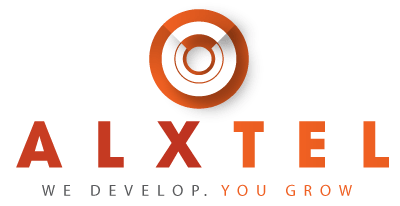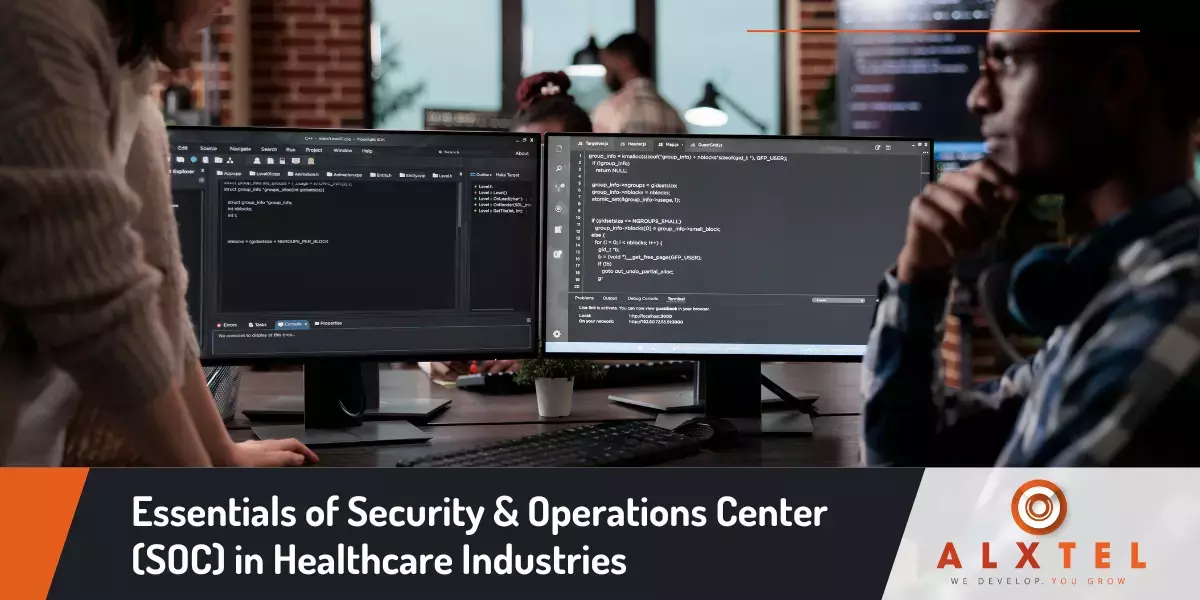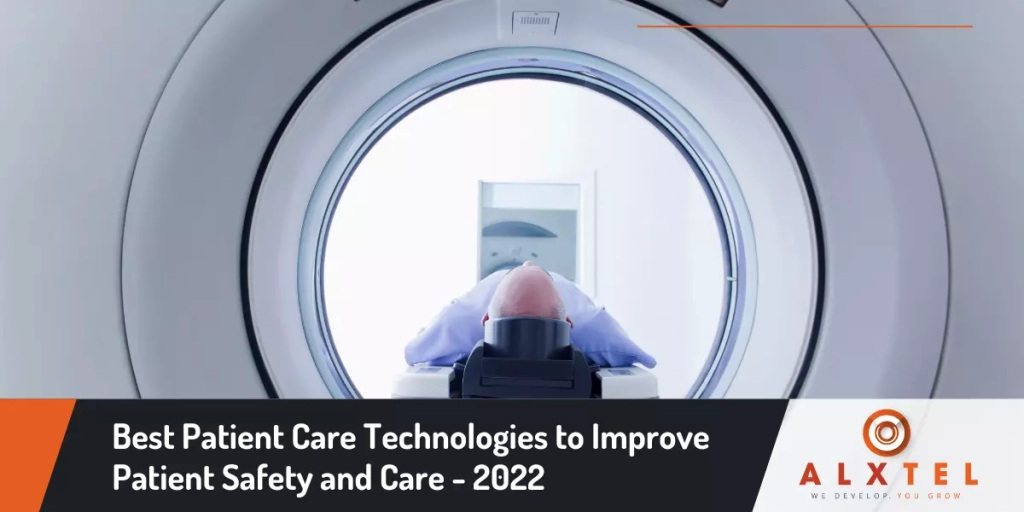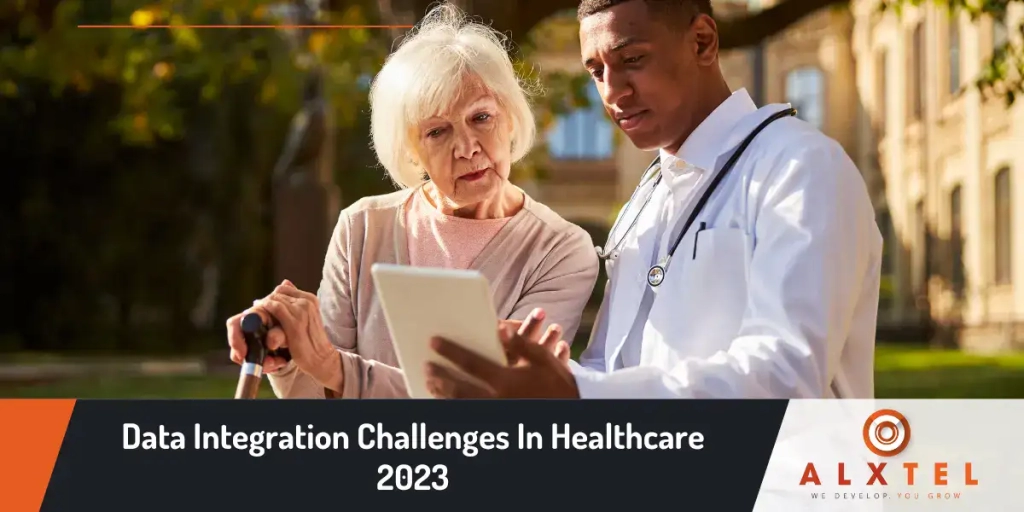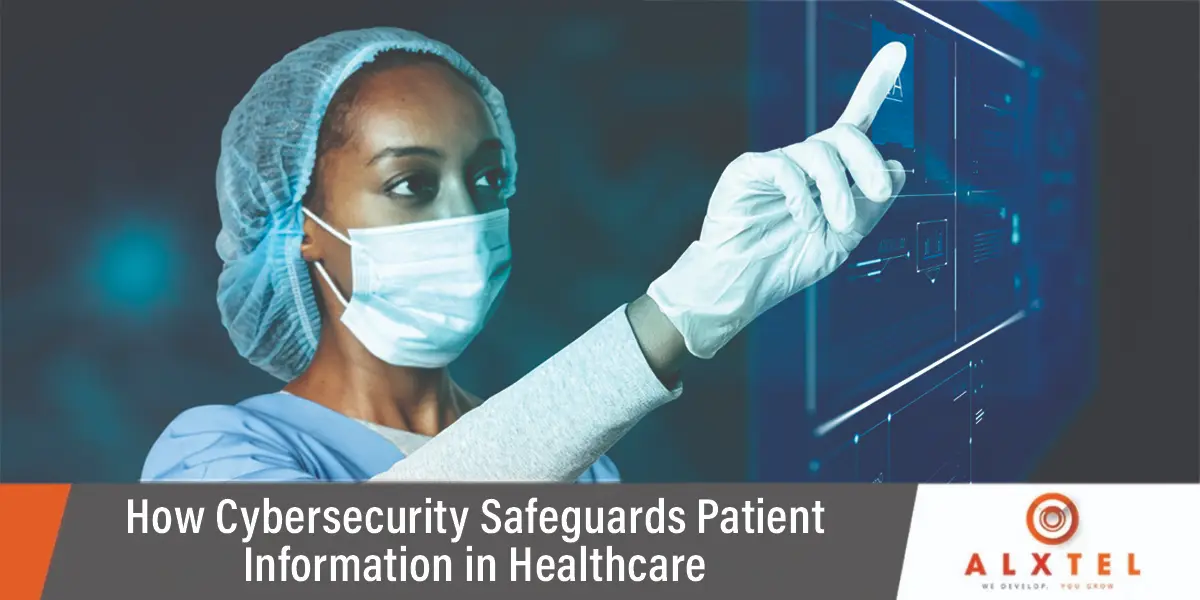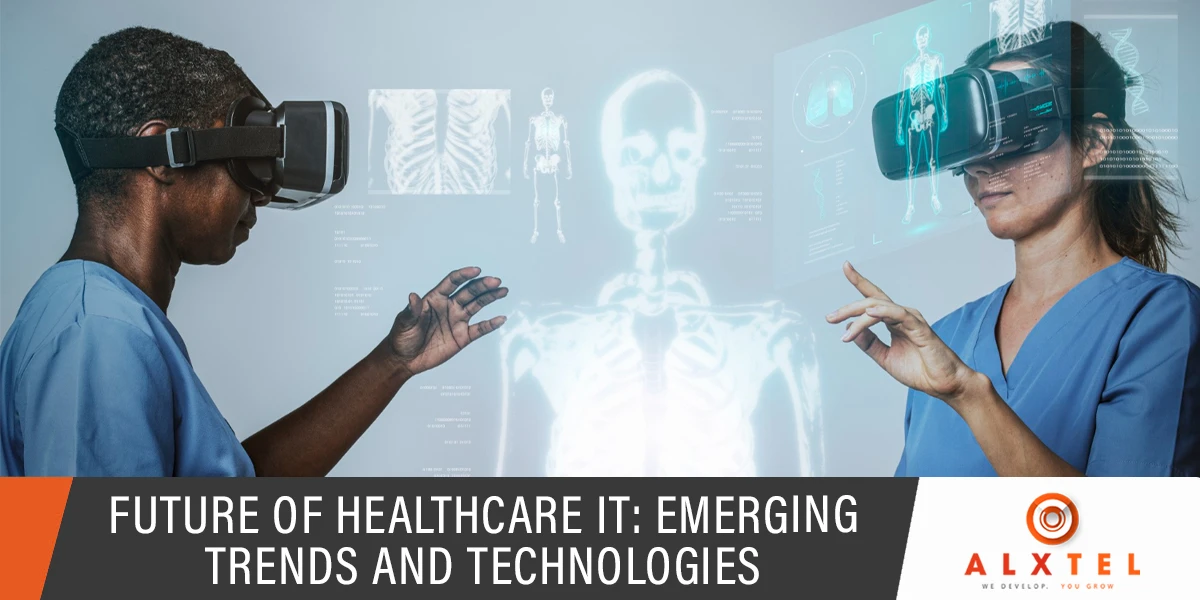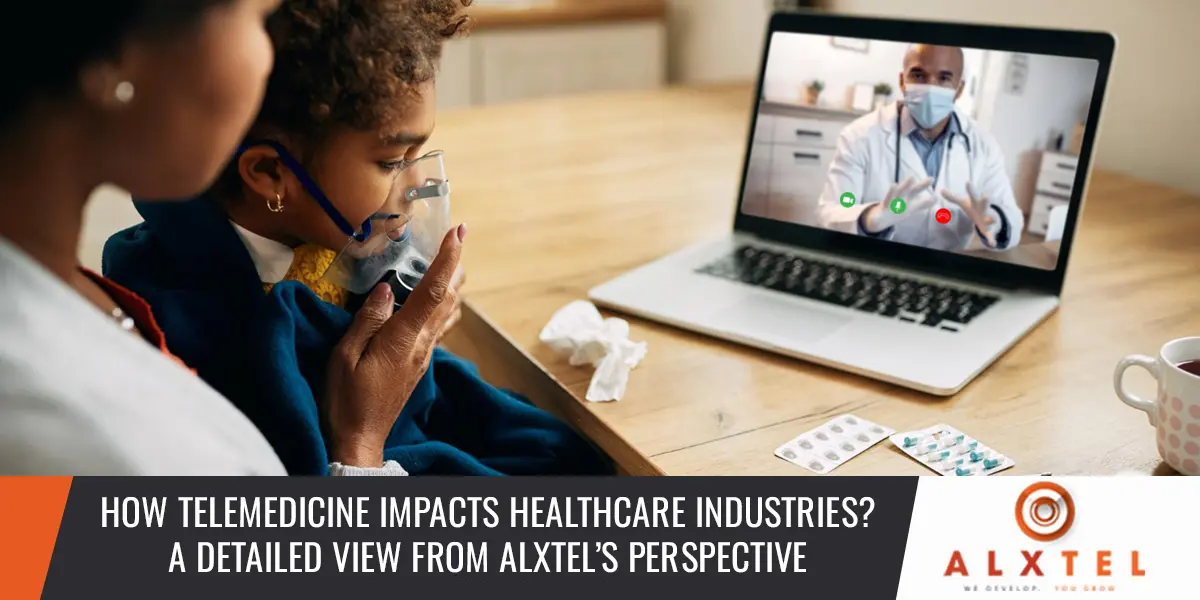The healthcare industry is one of the fastest growing. So, it’s prone to security threats and cyber attacks. Terrorist attacks aren’t too far-fetched, either. Plus, healthcare organizations handle sensitive patient data, which can often be a key target for cybercriminals. This is where a state-of-the-art Security and Operations Center, SOC in healthcare industries kicks in.
SOC manages and monitors the security of a Medical institution’s information system, networking, and infrastructure in a continuous scale. It is responsible for triaging, analyzing, and resolving any security incidents, without impacting the organization’s work flow.

Today, let’s see some of the essentials of Security and Operations Center (SOC) in Healthcare industries. You will also find the different types of SOC in healthcare, and why it’s important. Read more below.
What does SOC 2 compliance mean in healthcare? And why is it important?
SOC 2 compliance in healthcare means that an organization has to meet the security and privacy requirements set forth by the American Institute of Certified Public Accountants (AICPA).
It’s just a fancy word, saying that your service providers securely manage any personal data to protect the privacy of their clients. Organizations that fail to comply with SOC 2 standards may be subject to costly fines and penalties.
To achieve SOC compliance, a healthcare organization must have controls and processes designed to protect patient data and improve safety. This includes ensuring that only authorized individuals have access to patient data and that all data is properly encrypted.
Here are some key importance of SOC 2 in healthcare:
Protecting sensitive patient data
Healthcare organizations must protect sensitive patient data, including medical records and personal information. SOC 2 compliance helps organizations to ensure that they are compliant with federal requirements for protecting their sensitive data.
Meeting regulatory requirements
Many healthcare organizations are subject to various regulations, including the Health Insurance Portability and Accountability Act (HIPAA) and the General Data Protection Regulation (GDPR).
With SOC 2 compliance, organizations can meet these regulatory requirements and avoid fines and other penalties.
Helps the organization avoid costly fines
Competitions are always trying to get your organization into trouble. However, with SOC 2 compliance, your organizations can avoid costly fines and penalties that come with non-compliance with HIPAA regulations.
Improving security and risk management
Implementing robust security measures and risk management practices is another requirement of SOC 2 compliance. This can help to reduce the risk of data breaches and other security incidents, improving the overall security posture of the organization.
Enhancing reputation
Who wouldn’t like to improve their reputation in the market? Well, demonstrating SOC 2 compliance can help healthcare organizations to enhance their reputation. It shows that they are taking the necessary steps to protect sensitive data and meet regulatory requirements.
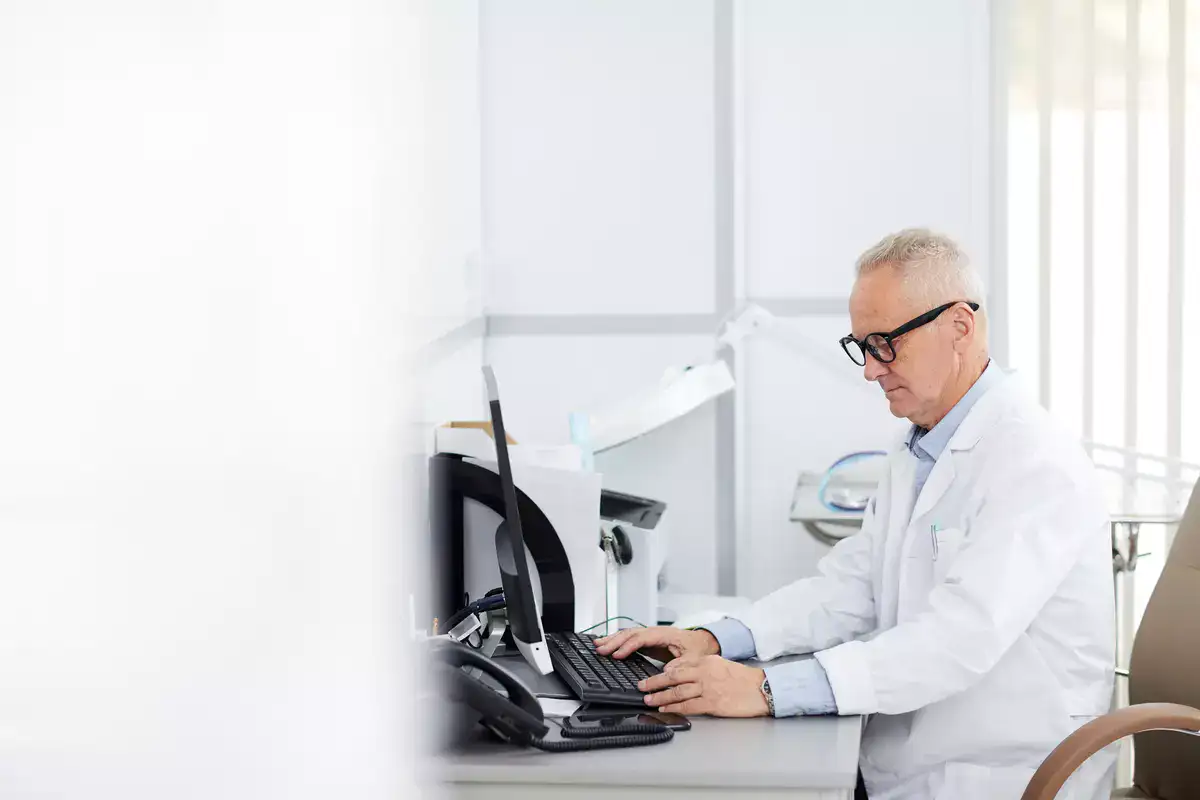
Building trust with patients
Are you trying to build trust with patients, partners, and regulators? SOC 2 compliance is key here. They trust healthcare organizations with their sensitive data. It can help your organization demonstrate your commitment by protecting people’s data.
Ensuring compliance with industry standards
If the organization work with other healthcare organizations or service providers, SOC 2 is highly needed. It helps establish trust and confidence in the organization’s security practices. SOC 2 compliance shows that an organization is adhering to industry standards and best practices for data security and privacy.
The healthcare industry deals with sensitive patient data that needs to be secured, managed, and accessed efficiently. As the industry moves towards digitalization, there is a need for Enterprise IT solutions in SOC (Security Operations Center) to ensure the confidentiality, integrity, and availability of patient data. Enterprise IT solutions such as Security Information and Event Management (SIEM), Identity and Access Management (IAM), and Data Loss Prevention (DLP) systems can help healthcare organizations identify and respond to security threats and maintain compliance with industry regulations.
SOC in Healthcare Industries – The Essentials
As a healthcare industry professional, you will encounter a wide range of topics, but the ones you’ll be dealing with the most are in security. Here are some complete essentials of SOC in Healthcare:
- Security monitoring: When a medical institution is attacked by computer hackers, the security specialists use SOC to monitor the systems and networks. They use toolkits of different software and hardware that monitor, logs, and collects information regarding network and computer activity.
- Incident response: The SOC team coordinates and manages the response to a security incident. It also performs an investigation into the incident to identify the root cause of the incident and then implements a plan to prevent the incident from happening again.
- Security analytics: The SOC enables security professionals to analyze vast amounts of data that will help them identify and respond to potential threats more effectively. Plus, it analyzes large amounts of security data to uncover patterns and trends, which help identify and respond to potential threats more efficiently.
- Vulnerability management: The SOC team is responsible for identifying and managing vulnerabilities in the healthcare organization’s systems and networks. To be exact, it performs several activities to do so, including carrying out vulnerability assessments, applying patches and fixes, and implementing other security measures.
- Security awareness training: What will you do with staff members if they hardly know about security measures, right? For this, SOC provides security awareness training to employees to help them understand the importance of security and how to protect the organization’s assets.
- Security policy and procedure development: The SOC is the first level of defense against malicious activities directed at organizations. It’s tasked with developing and maintaining organizational security policies and procedures to keep data safe.
The professionals employed here enforce policies and procedures within organizations that regulate network traffic and access to computer systems and their data.

We have also covered about HIPAA Compliant Scheduling Software that sets national standards for protecting patient information in Healthcare industries.
What is the SOC 2 compliance checklist?
A SOC 2 compliance checklist is a specific set of requirements that organizations must fulfill to be compliant with the standard. These are also the SOC-2 controls that need to be implemented. There are five of them. Here they are:
Security
To undergo an audit, security is often the main concern and a must-have. This covers the measures an organization has in place to protect the confidentiality, integrity, and availability of the systems and data it controls.
Examples of security controls include firewalls, access controls, network security measures, and data encryption.
Availability
Organizations must ensure that the systems and data are available when needed. A good, well-structured organization provides all the systems, data, and information that are required to maintain the business operation.
Backup and recovery procedures, disaster recovery plans, and system monitoring and maintenance are some of them.
Processing integrity
These criteria cover all the measures an organization has in place to ensure that systems and processes are accurate and reliable. System testing and validation procedures, data validation checks, and error handling procedures are some of them.
Confidentiality
The healthcare IT service provider has to take necessary measures to protect the confidentiality of sensitive information. Relevant to this criterion include access controls, data encryption, and data masking techniques.
Privacy
Privacy is an umbrella term that covers measures taken by organizations to protect individual’s personal data and ensure that it is only used for authorized purposes. A few factors that may influence this criterion include a company’s own privacy policy, data protection measures, and employee training on privacy issues.
Note: Most organizations like to do the Security, Availability, and Confidentiality. These are like the top 3 in SOC-2. Once you settle on which criteria you need, you can then shape your program.

What are the two types of SOC 2?
There are two types of SOC-2, based on reports. They are:
SOC Type-1
To put it simply, a Type-1 in SOC-2 report is similar to a snapshot of your organization’s controls at a certain time point. It evaluates whether those controls are in place to meet specific security standards.
SOC Type-2
Type-2, on the other hand, focuses on the effectiveness of the service organization’s controls over a specific period of time. This type of audit involves not only evaluating the design of the controls but also testing their operating effectiveness.
Here, the service organization’s controls are tested to determine whether they have been operating effectively throughout the audit period.
Is SOC 2 a risk assessment?
SOC 2 isn’t a standard risk assessment. Plus, it doesn’t look at risks to specific assets or processes. Instead, it examines control activities that are relevant to the security, availability, processing integrity, confidentiality, and privacy of the service organization’s information system.
You’ll find out if your organization has adequate controls in place to prevent and detect problems like data loss, unauthorized access, and data leakage, including those related to social engineering attacks.
Conclusion
How do you manage your healthcare professionals in the institution? Do you give them access to every bit of data to them? Do they need all the data you give them to do their work properly?
Well, it’s not easy to know for sure without proper knowledge of the essentials of Security And Operations Centers SOC in the healthcare industries. Most security breaches could have been avoided with a proper SOC team.
Turns out, it’s the ultimate layer of security of a Medical institution’s system, analyzes, assesses, and resolves security threats on the go.
This is all for now. Feel free to ask any questions or if you need assistance regarding customized healthcare solutions.
Frequently Asked Questions:
What does SOC stand for in healthcare?
SOC stands for Security Operations Center. It’s the security facility within a hospital or other healthcare facility which monitors and manages the security of the entire facility, including its physical security and data security.
What does SOC mean in oncology?
In the field of oncology, SOC typically stands for Standard of Care. SOC is a system of standard care and treatment guidelines that all oncologists must abide by. This includes things such as cancer stage, chemotherapy drugs and dosage, radiation therapy, and surgery.
However, in Medical Industries, SOC stands for Security and Operations Center, which is the nerve center for the institution’s security.
Get in touch with AlxTel
Need support? You are our priority, We’ve got you covered.
Rapid response time to service requests, responding to all customer feedback to get in touch.
Our goal is to supply you with the best possible customer service across all our products and solutions. We look forward to helping you make the most of your AlxTel platform.
